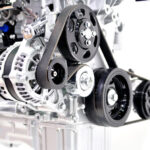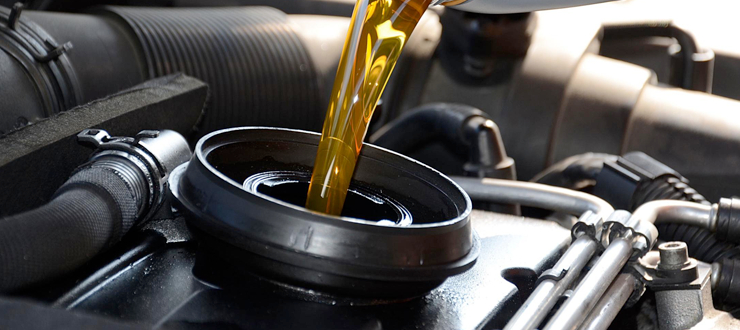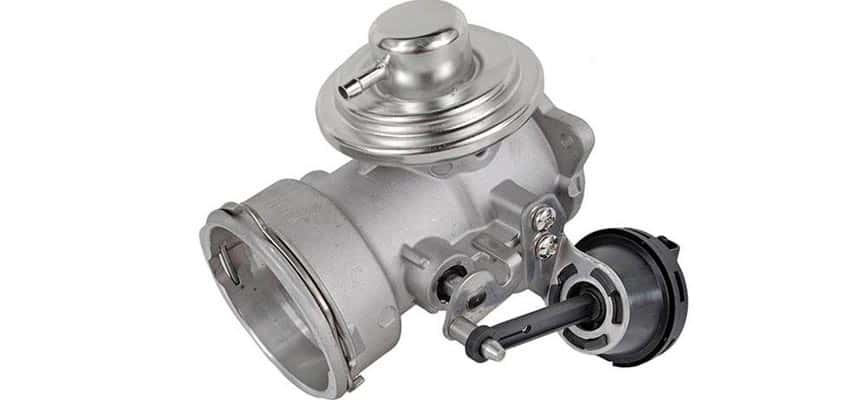Slide 1. Introduction.
The class develops what an oxygen sensor is, what faults and malfunctions it can have, and the implications for fleet management.
Slide 2. Oxygen sensor.
The internal parts of modern vehicles are designed to be more efficient and pollute less. Among these components, the oxygen sensor stands out, as it regulates emissions and optimizes fuel consumption.
This small, discreet device is vital to the operation of the engine. It measures the amount of oxygen present in the exhaust gases during combustion and, based on that reading, adjusts the air-fuel ratio to improve efficiency. Understanding how it works and the signals it emits when it starts to malfunction can help you avoid many breakdowns.
- What is the oxygen sensor and how does it work?.
It is a component located in the car's exhaust system whose function is to inform the electronic control unit ECU about the amount of oxygen present in the exhaust gases. With this data, the ECU regulates the amount of fuel to be injected into the engine.
Vehicles usually have two sensors: One before the catalytic converter and one after. The first adjusts the air-fuel mixture, while the second verifies that the catalytic converter is working properly.
There are narrow-band and wide-band sensors. The latter are more accurate, as they incorporate a cell that measures and controls residual oxygen more precisely.
- Effects of an incorrect air-fuel mixture.
The engine needs a balanced ratio of air and gasoline to function properly. If the mixture is rich, there is too much fuel, the sensor detects low oxygen and the ECU reduces the fuel flow. If the mixture is lean, excess air, the ECU injects more fuel.
An unbalanced mixture can significantly increase pollutant emissions. If there is excess gasoline, carbon monoxide and other hydrocarbons are generated. If there is too little, nitrogen oxides increase. That is why the oxygen sensor is essential for protecting the environment.
- Why can an oxygen sensor fail?.
Wear and tear is one of the most common causes. This component is exposed to high temperatures, unburned fuel residues, contaminated oil, and even coolant, which can deteriorate its performance.
A dirty or damaged sensor sends erroneous signals to the control unit, which can cause combustion problems, jerking, and loss of power.
- Symptoms of oxygen sensor failure.
When the oxygen sensor fails, several symptoms may appear.
1. The check engine light comes on.
2. Fuel consumption increases.
3. The engine jerks or has an unstable idle.
4. Difficulty starting.
5. Loss of power when accelerating.
Driving in these conditions can damage other parts of the exhaust system, such as the catalytic converter, and increase repair costs.
- Diagnosis and replacement.
The diagnosis is performed with an OBD scanner, which is connected to the vehicle and allows the error codes stored by the control unit to be read. If a problem related to the sensor is detected, its condition must be inspected.
In some cases, it is possible to clean it, but it is more common to have to replace it. The cost of this part varies depending on the make and model of the car, but it is usually affordable and worth it if it prevents more serious breakdowns.
Although it can be replaced without complex tools, it is recommended that a professional do it to ensure correct installation.
- How often should this check be performed?.
There is no fixed interval, but manufacturers usually recommend checking or replacing the oxygen sensor between 100,000 and 150,000 kilometers. In older or poorly maintained vehicles, wear and tear may occur sooner.
- Implications for fleet management.
The main consequence is that the engine does not run properly, more polluting emissions are emitted, and fuel consumption increases.
The oxygen sensor must be replaced, with the associated cost and downtime during which the vehicle cannot be used.
If the oxygen sensor is not working properly, the vehicle will not pass the technical inspection (ITV) due to polluting emissions.
To prevent problems and find out if the oxygen sensor is working properly, you need to perform frequent diagnostics with an OBD scanner.
Performing regular checks on the exhaust system and watching out for any signs of failure helps to extend the life of the oxygen sensor.
Although it may go unnoticed, the oxygen sensor plays a key role in enabling the car to run efficiently and without excessive pollution. When it fails, the engine consumes more fuel, emits more polluting gases, and performs less efficiently.
Detecting it in time and replacing it when necessary is a simple way to save money, protect the environment, and keep your car in good condition for longer.
Slide 3. Thank you for your time.
The class has developed what the oxygen sensor is, what faults it can have, and the implications for fleet management, see you soon.
Download the audio
Written by José Miguel Fernández Gómez.



















